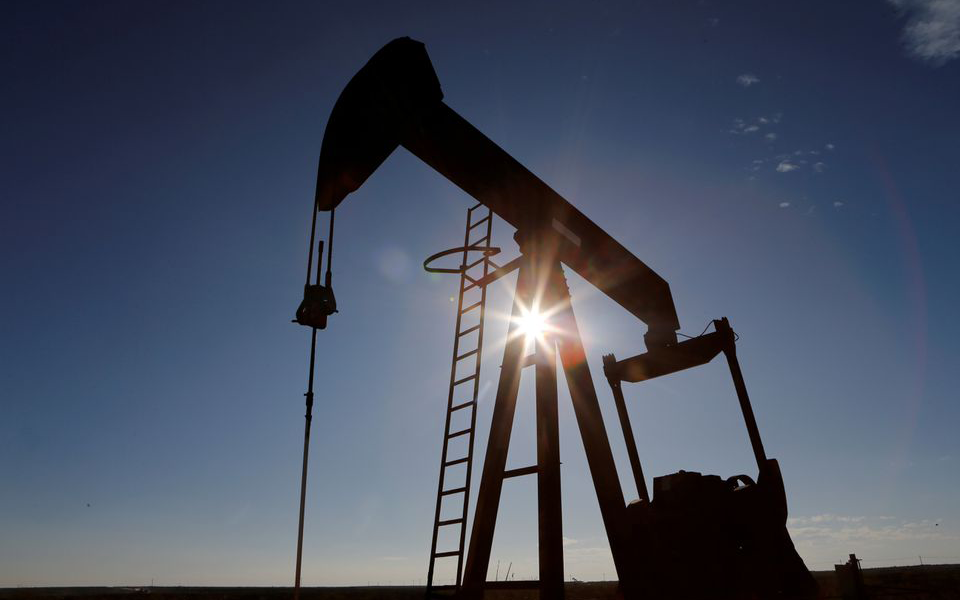New technologies allow the world's largest oil producer to have greater extraction efficiency. An added advantage at a time of rising prices. COP 28? Which COP28?
Since recent summits, Saudi Arabia and the so-called Arab oil kingdoms are generally deficient in the energy transition that recommends replacing fossil fuels with renewable alternatives. But the big “violators” are actually the United States: the country has set a new record in oil production.
The US Energy Information Administration, known as EIA, revealed that the world's largest economy exceeded 13.3 million barrels per day of average production during the month of December, a level it has not yet reached. However, the most impressive thing about this record, says the same source cited by several newspapers, is that the North American oil industry has managed to reach this level by reducing drilling and getting the most out of every oil well.
Therefore, it is the increase in productivity that explains this record, which in no way erases the increase in environmental footprint nor returns the industry to the path of sustainability. The latest Petroleum Supply Monthly Report (PSM) says U.S. crude oil production has risen to record levels since 2010 and has grown faster in recent months.
The explanation – apart from demand, which appears to be positioning itself for the expected drop in interest rates that the Fed will (most likely) set within a few months – is that oil producers are taking advantage of relatively high prices in international markets. The price of Brent crude, the reference in Europe, is already trading above $83 per barrel, and the price of West Texas oil, the reference in the United States, exceeds $79.
World leaders in crude oil production since 2018, overtaking Russia and Saudi Arabia, producers have turned to technology – not new drilling – to boost their production. The Energy Information Administration says that “U.S. production already represents 16% of global crude oil production,” which puts Russia and Saudi Arabia in second and third place.
Historically, the number of new wells resulting from drilling activity has been the main factor in predicting whether crude oil production has increased or decreased. However, advances in horizontal drilling and hydraulic fracturing techniques have increased well productivity, allowing U.S. producers to extract more crude oil from newly drilled wells.
The Drilling Productivity Report (DPR) shows increased production through a combination of increased pumping in new wells and increased sustainable production from wells already open – and “sustainable” is certainly about financial issues rather than climate issues.
The number of new wells has varied from year to year over the past decade – after reaching a record high of 13,745 wells in 2014. Activity has slowly declined since then, until it collapsed in the pandemic crisis. The number of new wells decreased approximately 40% (4,829 wells) in 2020 due to the impact of Covid. In 2022, the number of new crude oil wells was the same as in 2017. In the first half of 2023, drillers slightly increased the number of new wells (624) compared to the same period in 2022.

“Wannabe internet buff. Future teen idol. Hardcore zombie guru. Gamer. Avid creator. Entrepreneur. Bacon ninja.”

